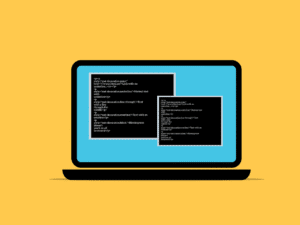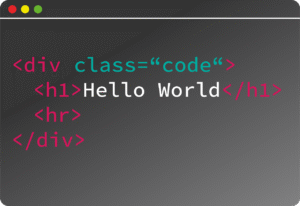🔐 Web Security – What Every Developer Should Know
Web Security refers to protecting websites, web applications, and user data from threats like hacking, data breaches, and malware. It’s essential to ensure privacy, integrity, and availability of your web services.
🚨 Common Web Security Threats
| Threat | Description |
|---|---|
| 🐞 XSS (Cross-Site Scripting) | Injecting malicious scripts into web pages |
| 🧬 CSRF (Cross-Site Request Forgery) | Tricking users into submitting unwanted actions |
| 🧨 SQL Injection | Injecting SQL queries to access unauthorized data |
| 🛑 DDoS Attacks | Overloading servers with traffic to cause downtime |
| 🔍 Clickjacking | Hiding malicious actions behind UI elements |
| 🛠️ Insecure APIs | Poor authentication or data exposure in APIs |
| 🔓 Broken Authentication | Weak login systems, session hijacking |
| ⚠️ Man-in-the-Middle (MITM) | Intercepting traffic between browser and server |
🔐 Best Practices for Web Security
✅ 1. Use HTTPS
Enforce SSL/TLS (use Let’s Encrypt for free)
Redirect all HTTP requests to HTTPS
✅ 2. Input Validation & Sanitization
Always validate and sanitize input on both client and server
Use libraries to escape special characters (e.g.,
DOMPurifyfor HTML)
✅ 3. Prevent XSS
Encode all user-generated content
Avoid
innerHTMLunless sanitizedUse security headers like:
hContent-Security-Policy: default-src 'self'
✅ 4. Prevent SQL Injection
Use prepared statements or ORMs (e.g., Sequelize, Prisma)
Never concatenate raw SQL queries
✅ 5. Prevent CSRF
Use CSRF tokens
Set
SameSiteattribute in cookies:httpSet-Cookie: key=value; SameSite=Strict
✅ 6. Authentication & Authorization
Use secure authentication libraries (OAuth2, JWT, Passport.js)
Never store passwords in plain text — use bcrypt or argon2
✅ 7. Use Security Headers
Add these in your server (Express example):
jsconst helmet = require('helmet'); app.use(helmet());Common headers include:
Content-Security-PolicyX-Content-Type-OptionsX-Frame-OptionsStrict-Transport-Security
✅ 8. Secure File Uploads
Validate file type and size
Rename files and store outside of the public folder
✅ 9. Limit Rate & Access
Use rate limiting to block brute force attacks:
jsconst rateLimit = require("express-rate-limit"); app.use(rateLimit({ windowMs: 15*60*1000, max: 100 }));Add CAPTCHA for bots
✅ 10. Keep Dependencies Updated
Use tools like
npm audit,Snyk,DependabotRegularly update packages and patch vulnerabilities
🧰 Tools to Enhance Security
| Tool | Purpose |
|---|---|
| OWASP ZAP | Free security scanner |
| Burp Suite | Penetration testing |
| Helmet.js | Security headers for Express |
| DOMPurify | Prevent XSS in frontend |
| jsonwebtoken (JWT) | Secure token-based authentication |
| bcrypt | Password hashing |
📚 Resources to Learn Web Security
🔐 OWASP Top 10 – must-read list of critical web vulnerabilities
🧪 PentesterLab – hands-on training
✅ Summary
| Area | Key Actions |
|---|---|
| Frontend | Sanitize input, limit JS injection, use HTTPS |
| Backend | Validate data, use ORM, secure auth, limit rate |
| APIs | Use HTTPS, auth tokens, CORS headers |
| Hosting | Use firewalls, backups, SSL, file permissions |



































































































